How cute are those toys you can buy in any regular kids’ store? They are colorful, and flashing, and make a ton of engaging sounds. This makes them perfect for kids! Or so you might think.
In reality, most plastic toys, while seemingly awesome, are best left on the shelves. Instead, choose sustainable toys for your little ones, and here’s why:
1. They’re Kinder to the Planet 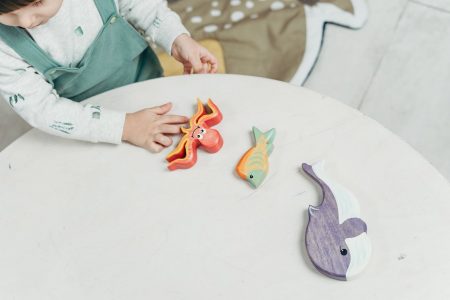
Ultimately, the toys we choose to give our children represent our vote on the kind of world we want them to grow up in. Sustainable toys provide a nod to a cleaner, greener world. These toys are made with natural, renewable materials that have little impact on the environment, including bamboo, wood, and recycled plastics. The sourcing of resources is equally as important as the materials themselves.
Producers of environmentally friendly toys frequently go above and beyond to guarantee that their goods are made morally, with an emphasis on energy and waste reduction. Once these toys have fulfilled their intended use, they don’t spend generations gathering dust in landfills. They are an eco-friendly option for those who care about the environment because many of them are biodegradable or fully recyclable.
2. Safety First and Always
Children’s safety is a top priority, and eco-friendly toys honor this promise. Because they are made of natural materials, these toys are devoid of potentially dangerous chemicals that are frequently present in their plastic counterparts. Lead, phthalates and other chemicals that shouldn’t come anywhere near mouths are, unfortunately, often present in traditional plastic toys. Conversely, non-toxic paints and finishes are used to create sustainable toys, making them safe for children to handle and gnaw on.
Beyond simply considering the materials used, safety is also considered in the design of the toys. Durable and high-quality construction is a top priority for manufacturers of sustainable toys to avoid breakage and choking dangers. With this careful approach, parents don’t have to worry as much about what their children are doing with the toys and focus on the creative and exciting play these toys provide.
3. Encouraging Eco-Friendly Play and Learning 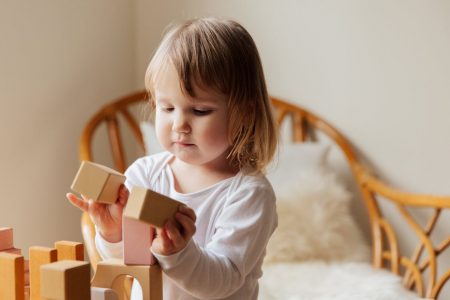
In the world of sustainable toys, eco-conscious living, and child development are given priority when it comes to materials and designs that are environmentally friendly. For instance, let’s take a look at educational Montessori toys for 2 year old kids, which are a bright example since they use sustainable, natural materials to encourage learning and development via hands-on play.
What we like the most about these toys is their obvious sustainability which is very easy to pass on to your kids during and after play. Many of such toys are made of natural durable wood that can last for decades and can go with your kids anywhere–to kindergarten, park, playground, family trip, etc.
4. Sparking Imagination Without the Bells and Whistles
Although the lack of electronic parts in sustainable toys may appear to be a drawback at first, it works to their advantage. With these toys, the onus is on the child to interact meaningfully with their playthings and create original games and stories. Children learn how to solve problems when they come up with new uses for the same object, which fosters creativity.
With their straightforward patterns and organic textures, sustainable toys encourage children to explore and dream, transforming a basic wooden block into a vehicle, a boat, or a skyscraper. This type of play fosters emotional growth and cognitive flexibility, setting the stage for a lifetime of creative learning and thought.
5. A Lesson in Responsibility 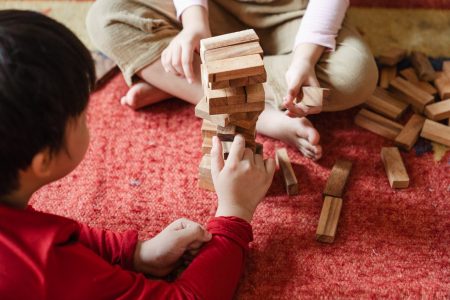
Choosing eco-friendly toys starts a conversation with kids about the environment and our duty to protect it. These toys highlight the value of conserving natural resources and cutting waste by providing concrete examples of what it means to make environmentally sound decisions. Children can learn about product lifecycles and the circular economy by selecting toys made of recycled materials or designed to be recycled.
Children are encouraged to consider their impact on the world around them as a result of this early exposure to sustainability techniques, which instill values of mindfulness and stewardship. This lesson equips students to be responsible global citizens and goes beyond the playground.
Sustainable toys might be trendy today, but investing in them goes much further than just fashion. This move will give your kids hours and hours of precious fun, and all that safely and healthily that will benefit them long-term. And when your kids grow up, you will pass on these amazing playthings to new generations!
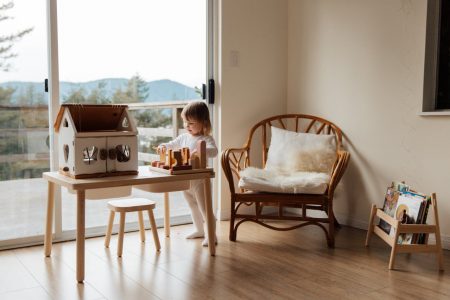

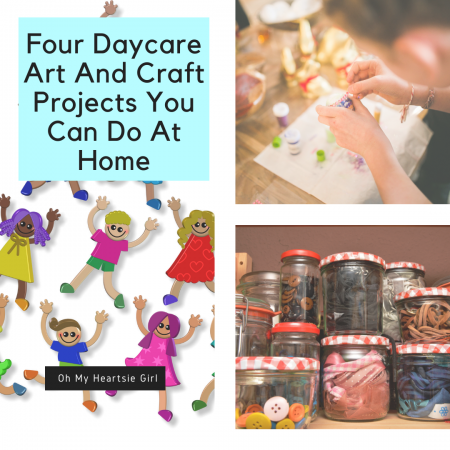 Craft and Art Projects at Home
Craft and Art Projects at Home
 As per leading research, young kids appreciate receiving tangible gifts more than going and other fun experiences. For example, they will be happier to receive a toy than a park or jungle safari trip. Toys give kids a sense of ownership and are an excellent means of enjoyment and learning.
As per leading research, young kids appreciate receiving tangible gifts more than going and other fun experiences. For example, they will be happier to receive a toy than a park or jungle safari trip. Toys give kids a sense of ownership and are an excellent means of enjoyment and learning.